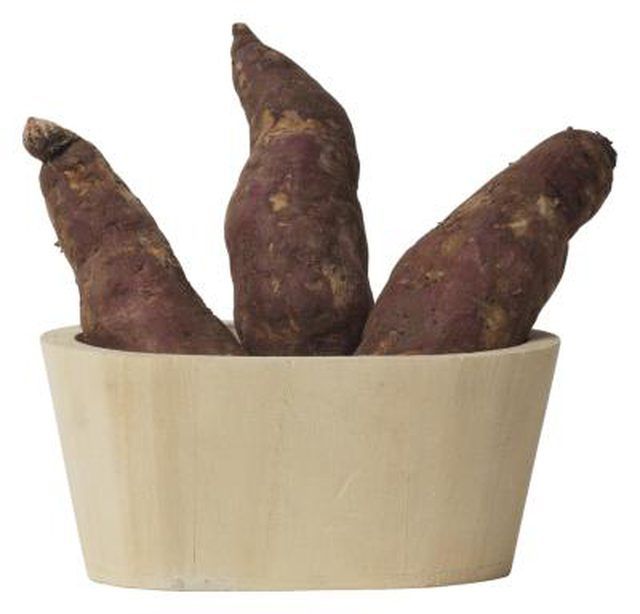Bulbs
Flower Basics
Flower Beds & Specialty Gardens
Flower Garden
Garden Furniture
Garden Gnomes
Garden Seeds
Garden Sheds
Garden Statues
Garden Tools & Supplies
Gardening Basics
Green & Organic
Groundcovers & Vines
Growing Annuals
Growing Basil
Growing Beans
Growing Berries
Growing Blueberries
Growing Cactus
Growing Corn
Growing Cotton
Growing Edibles
Growing Flowers
Growing Garlic
Growing Grapes
Growing Grass
Growing Herbs
Growing Jasmine
Growing Mint
Growing Mushrooms
Orchids
Growing Peanuts
Growing Perennials
Growing Plants
Growing Rosemary
Growing Roses
Growing Strawberries
Growing Sunflowers
Growing Thyme
Growing Tomatoes
Growing Tulips
Growing Vegetables
Herb Basics
Herb Garden
Indoor Growing
Landscaping Basics
Landscaping Patios
Landscaping Plants
Landscaping Shrubs
Landscaping Trees
Landscaping Walks & Pathways
Lawn Basics
Lawn Maintenance
Lawn Mowers
Lawn Ornaments
Lawn Planting
Lawn Tools
Outdoor Growing
Overall Landscape Planning
Pests, Weeds & Problems
Plant Basics
Rock Garden
Rose Garden
Shrubs
Soil
Specialty Gardens
Trees
Vegetable Garden
Yard Maintenance
How to Grow a Purple Yam Tuber
How to Grow a Purple Yam Tuber. In the Philippines, the purple yam is called ube. Locals in this region are fond of the desserts they make with this root vegetable, including jams, yogurt, ice cream, cakes, breads and pastries. The purple yam also has important nutritional value due to the anthocyanins it contains. In addition to causing this...

In the Philippines, the purple yam is called ube. Locals in this region are fond of the desserts they make with this root vegetable, including jams, yogurt, ice cream, cakes, breads and pastries. The purple yam also has important nutritional value due to the anthocyanins it contains. In addition to causing this vegetable’s purple color, anthocyanins are antioxidant flavonoids that have been shown to protect the body from the oxidizing effects of many toxins. Similar to sweet potatoes, the purple yam is a root crop that home gardeners should consider growing.
Things You'll Need
Clippers
Knife
Compost
Shovel
Fertilizer
Micronutrients
Cut tubers into several pieces in spring, making sure each piece contains a bud or "eye." The upper tip of the tuber is the most viable part and is called a "sett."
Allow your cut pieces to cure for one to two days before you plant them to prevent rotting in the ground. Dip the cut portion of each sett in wood ash if you wish, which helps the curing process. Store the pieces in a warm, dark, dry and well-ventilated area.
Prepare a planting area in full sun. Select an area that is relatively free of rocks. Amend the soil with organic compost and other organic materials, such as fallen leaves, grass clippings and chopped plant parts. Spread a 2- to 3-inch layer of organic material on the soil surface, and then mix it into your soil with your shovel. If you will be planting more than one row of purple yams, space the rows about 4 feet apart.
Make planting holes about 6 inches deep and 10 to 12 inches apart. Drop one of your cut pieces into each hole, and fill with the soil mixed with organic materials.
Build up your rows after plants begin to grow. Shovel soil from the areas to either side of each row, and pile it on top of the row.
Fertilize your yams with a plant food containing equal amounts of nitrogen, phosphorus and potassium. Fertilize when you first plant your yams, six weeks after that and again 12 weeks later. Yams also benefit from the addition of mirconutrients such as calcium, magnesium, sulfur, boron, chlorine, copper, manganese, molybdenum and zinc.
Tips & Warnings
Micronutrients are sold at garden supply centers and nurseries.